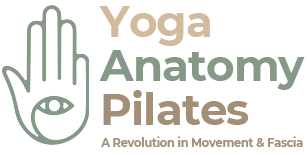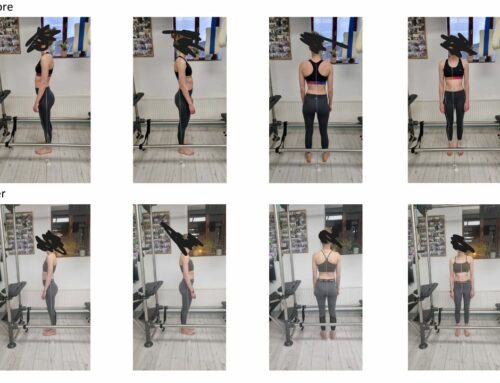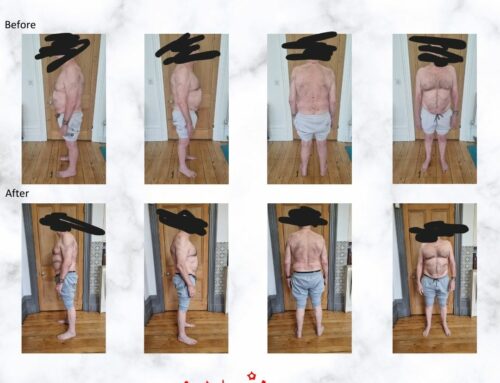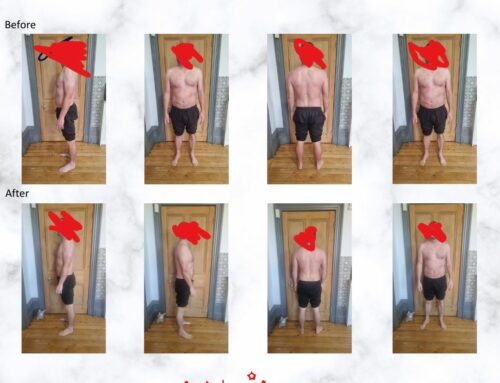Fashion, marketing, media and of course TV heroes (including tough girls and guys) emulating perfect aesthetics and six pack abdominals are driving the concept of reality and the ideal.
But is chasing this idealism holding you back in life?
Stanley Keleman book Emotional Anatomy shows the interplay and connection between the body and emotion. Keleman emphasized how our physical shape is influenced by our belief system and mind, providing insight into how a lot of habits are learned behaviour rather than genetics as previously thought.
Abdominal tone and breathing actually relates to the visceral functions in the body. These concepts are rarely discussed but essential for health. Our body is always a reflection of our emotions, level of awareness and how we are dealing in life.
We have been psychologically programmed to hold the abdominals rigid.
If there is no movement in the body, it effects our physiology and psychology.
Who am I?
When we look at our psychological belief system of; ‘Who am I?’ many of us are driven by the aesthetics of tough guy and “am I pretty enough?” The held and overtaught aesthetics that people seek disrupt breathing and the organ motility.
When we can truly answer the question; ‘WHO AM I?’ and look deep into our psyche, that is when the truth unfolds. Our abdominals and posture fall into line with our thinking. Many of us are wearing so many different masks and personas that we lose who we are.
Abdominal tone essentials are:
1. Breathing
2. Pumping
3. Stabilisation
When there is a dysfunction, cylindrical or flowing movements such as Tai chi/Chi kung and zone exercises help to regulate the breath, hormones and organs in conjunction with the body. In a nutshell it is a reset of the central nervous system, where parasympathetic is repair and sympathetic is catabolic breakdown. It is finding the balance.
When the abdominals are held taut and rigid in the attempt to sustain aesthetics, freedom of motion, along with our psychologically and physiology, is greatly affected.
The abdominals are prime movers as well as stabilizers and work together with the diaphragm, pelvic girdle and spine. Breathing is essential, the abdominals should move in conjunction with the organs and have a natural relaxation and contraction. Organs dance like seaweed under the ocean. The organs have physiological connection to the rest of the body. Over holding disrupts the natural rocking rhythm, known as organ motility.
As we inhale the diaphragm drops down, lets the belly expand and the organs come out. Every inhalation squeezes blood out of the MRI, every exhalation relaxes the pressure and like a sponge the organs reabsorb the fluid.
On the hierarchy of survival breath is at the top, if you don’t breathe you will die. An over flexed trunk or constant crunching can result in head, neck and jaw dysfunctions.
Try it for yourself!
Stand and hold your abdominals as tight as you can and then try taking your arm back like doing a back hand from a tennis swing. I am sure you will find the restriction. There needs to be extension, side flexion and rotation of the spine. The crunch and aesthetic phenomenon are not objective but subjective based on other people’s opinions.
This overholding and rigidity effect has a negative impact on our physiology.
Oxygen is the primary nutrient for key functions in the body.
Now the abdominal tone is dependent on the fascia, muscles and quality of the tissues. Stabilization is dependent on the diaphragm working in conjunction with the organs, fascia, muscles and everything else. If there is a dysfunction in the centre of the body the extremities compensate, becoming dysfunctional and causing injury.
Breathing is the absolute chief of the body and the nervous system must orchestrate breathing at all costs. Any physio will agree that faulty breathing patterns cause compensation patterns throughout the body. A faulty breathing pattern can lead to an energetic deficit which results in being tired, because you are not breathing properly. This is why the body will then crave sugar, starch and caffeine.
We are a balance of Yin and Yang. Yin is the female essence of anabolic repair – energy in. Yang is the projective essence – energy out. An inhale takes energy in, an exhale takes energy out.
Culture has made it uncool to have a natural healthy body, our posture always shows our level of emotional guarding. Like attracts like, so superficial will attract superficial and the same opposites attract too.
Viscera motility is the natural rhythmic wave of the organs as they are suspended by suspensory ligaments and cradled in and by cells and fascia. Our organs are key physiological function, linked to structural function.
The straight jacket aesthetics can restrict breathing and the natural organ motility including peristalsis. We breathe on average 25900 times a day, a healthy breathing pattern can reduce and prevent pain.
Organ motility and pumping of breaths is also influenced by abdominal tone. Holding tightness in the body just strangles everything. The book ‘Occupational Biomechanics by Gunar BJ Anderson state an increase in 5% contraction can reduce 75% throughout the muscles.
If you over flex, the head comes forward in order to compensate and so does the pelvis, the body is trying to find balance in the field of gravity.
Flexion should be coupled with extension. The abdominals stabilise the structures and the rest of the body. We need to have static and dynamic posture working together. For example, the feet and legs may not move that much if you are twisting to get something out the back of the car. Something is always fixed, and the trunk should move and be pliable and stable at the same time.
If breathing is dysfunctional, it effects the healthy pump of fluid on the spine and the discs have little to no direct blood supply. An inhalation lengthens the spine; an exhalation reduces the curves in the spine. Poor breathing will age the spine, increasing the load on the body and demand of every task performed.
“Frozen or weak structures have problems feeling inner motility or support; their loss of bone integrity leads to feelings of inner fragmentation. Parents who do not hold their children or give enough early containment may force them to rigidify their muscles in order to gain a sense of support. If, as adults, these people try to relax their muscular contractions they will experience anxiety because they lack feelings of inner support from their bones and joints.”
― Stanley Keleman, Emotional Anatomy: The Structure of Experience
Bibliography
Emotional Anatomy – Stanley Keleman
Occupational Biomechancis – Gunar BJ Anderson
Eat, move and be healthy – Paul Chek
Paul Chek media






